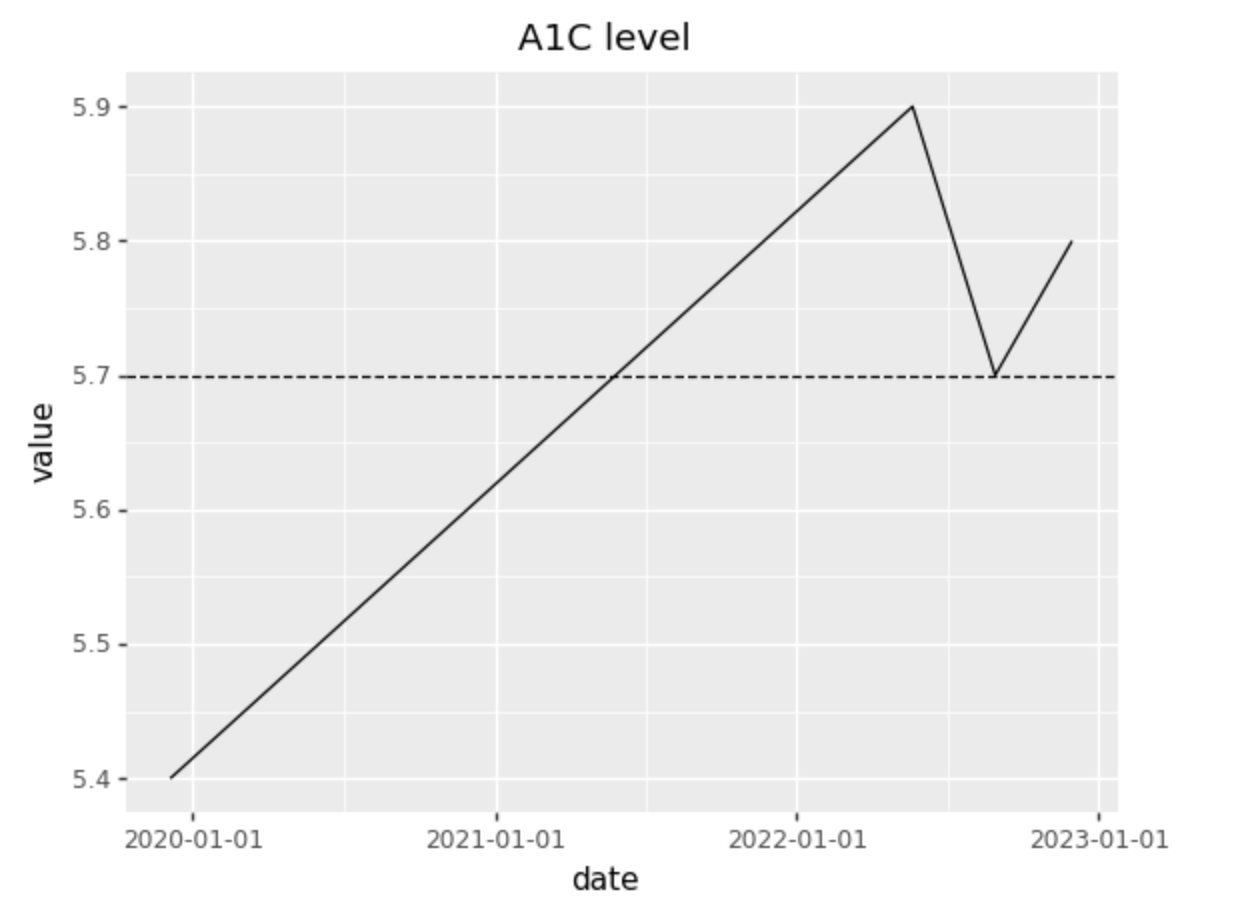My experience with CGM
Over the two-week period between January 6, 2023, and January 18, 2023, I used the Freestyle Libre 2 CGM (Continuous Glucose Monitoring) device to better understand how my body responds to food and lifestyle choices. Here, I’ll summarize my key learnings.
Background
Why do this experiment?
Before COVID, the last time I tested my A1C level was in December 2019. At that time, my A1C was 5.4%—not concerning, but also not ideal, as values above 5.7% are considered pre-diabetic.
During the peak of COVID-19 (2020–2021), access to healthcare was limited, and I skipped annual check-ups. When things normalized, I resumed my routine medical visits. My first priority was testing my A1C to ensure it hadn’t worsened. Unfortunately, the result showed a notable increase to 5.9%.
While I expected some changes, this result was surprising since my diet hadn’t significantly changed. I don’t consume that much added sugars, desserts, or sodas and generally follow “common sense” dietary guidelines.
My primary care physician (PCP) suggested some lifestyle interventions to lower my blood sugar:
- Avoid high-sugar fruits
- Eat more fiber
- Exercise more
I followed these recommendations for several months and repeated the A1C test, but my results didn’t improve significantly.

At this point, I felt increasingly frustrated and decided to better understand the factors behind my blood sugar levels. This led me to explore using a CGM device.
How to get access to CGM?
In the U.S., a prescription is required for CGM devices like the Freestyle Libre 2. I opted to use a company called Ageless to streamline the process. Although this option cost a bit more than going through my PCP, it was quick and hassle-free, which was worth it for me.
Note: As of 2025-01-01, this is no longer necessary. You can buy over the counter version of GCM: Abbott Lingo and Dexcom Stelo!
Learnings
- Rice and bread consistently caused glucose spikes - These foods had a significant impact every time I consumed them.
- Lattes were unexpectedly problematic - Even small indulgences could cause noticeable increases.
- Poor food choices early in the day set the tone - A bad start often disrupted glucose levels for the entire day.
- Seemingly innocuous takeout meals caused large spikes - What appeared harmless wasn’t always so.
- Better food choices - Meals like chia pudding, salads, veggie chili, salmon, and broccoli consistently worked well for me.
- Exercise made a clear difference - On days I exercised, my blood glucose levels showed a statistically significant drop compared to non-exercise days.